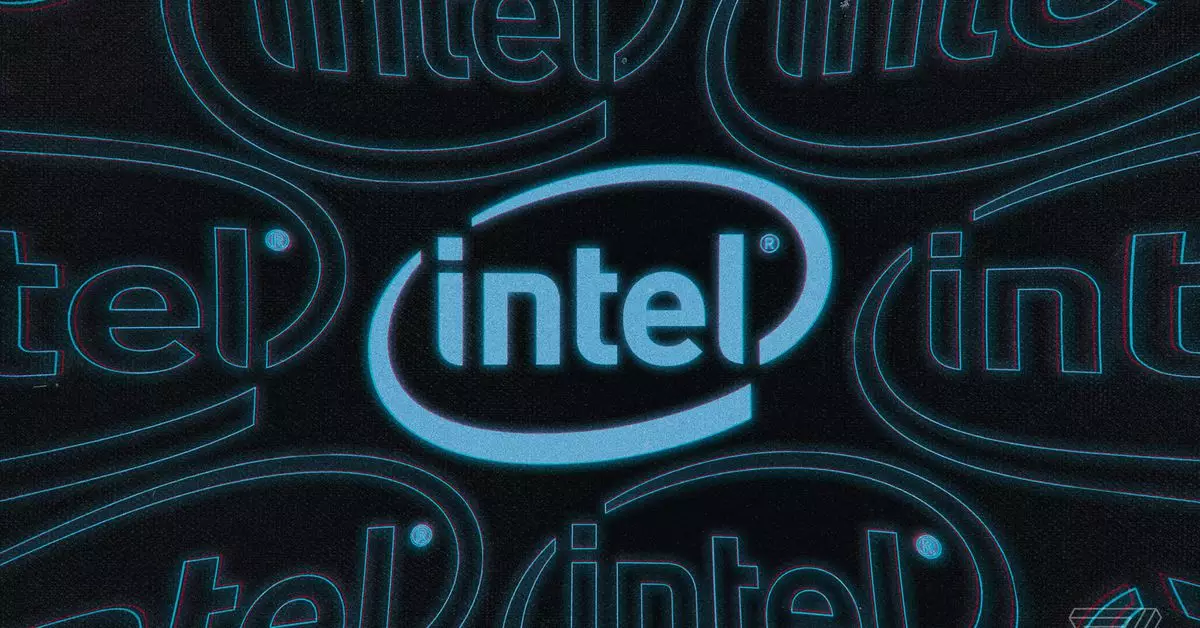The launch of Intel’s latest Arrow Lake-based Core Ultra 9 200S-series processors was met with great anticipation in the tech community. As a pivotal part of Intel’s strategy to reclaim its footing in the competitive processor market, these new chips were expected to usher in significant advancements. However, initial reviews indicate that the promise of Arrow Lake has yet to materialize, particularly in the realm of gaming performance.
Despite the hype surrounding the Arrow Lake processors, the early feedback from industry reviewers has been lackluster, leading to some disappointment among enthusiasts. Reports illustrate that, in gaming scenarios, the Core Ultra 9 200S-series chips struggle to match even their predecessors, the Raptor Lake processors. Noteworthy is Tom Warren’s analysis in The Verge, which highlighted efficiency improvements but noted that gaming benchmarks fell short of expectations. Furthermore, when compared to AMD’s Ryzen 9800X3D—a benchmark of success—the shortcomings of Intel’s Arrow Lake are stark and troubling.
During a recent interview, Robert Hallock, Intel’s VP and General Manager of client AI and technical marketing, offered insight into the company’s perspective on these performance challenges. Hallock characterized the chip’s underlying architecture as sound, suggesting that the limitations currently observed stem from “unintended effects” rather than fundamental design flaws. Importantly, he emphasized that these issues are not attributable to external factors such as operating system optimizations from Microsoft, placing full accountability squarely on Intel’s shoulders. This is a significant declaration; it illustrates the company’s awareness of the stakes involved and the need for transparency in addressing consumer concerns.
Looking ahead, Hallock hinted that a “comprehensive update” regarding the performance issues will be forthcoming, with Intel aiming to provide clarity by late November or early December. This proactive approach is essential as Intel grapples with the repercussions of these disappointing reviews. Addressing consumer frustration while galvanizing confidence in their engineering will be crucial for Intel as they plan their next steps in both product enhancements and strategic communications.
Intel’s challenges with Arrow Lake should be viewed within the broader landscape of the tech industry, where competition is fierce and innovation is relentless. AMD has successfully carved a space for itself with robust performance credentials, placing additional pressure on Intel to deliver. While the upcoming updates may shine some light on resolution pathways, the damage done by initial perceptions can be hard to reverse.
As Intel navigates through this uncertain period, the company’s commitment to addressing these concerns will be vital. If the issues can be rectified with upcoming patches or hardware revisions, there’s hope for Intel to reclaim its competitive edge. The processor market awaits developments closely, as consumers and critics both analyze how well Intel can turn the tide in the wake of Arrow Lake’s rocky launch.

